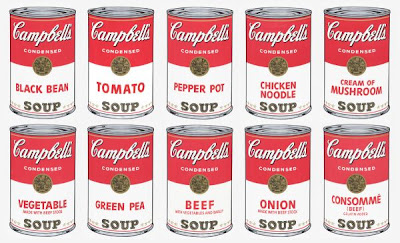- It's a meal that must be fancy enough to meet the holiday occasion, and you serve it to probably a dozen to thirty people, depending on the size of your family and how popular you are. Also, depending on how good last year's was.
- You can't use any leavening, and you can only use meat OR dairy.
- You must include the ceremonial elements- charoseth, hard boiled eggs, matzo ball soup, etc. Which means that you have a limited amount of time and energy for making the food that actually constitutes the meal.
- In the food that you're preparing, you must try to stick to the Passover theme, which means there should be plenty of parsley, wine, and the other assorted foods that go on a seder table.
- You will have to prepare the whole thing in advance, if possible, because there will be one to three hours of seder to sit through before dinner is served, and you will be at the seder table. NOT cooking.
- You will be drunk when it is time to serve the meal. You will have been too busy cooking all day to remember to eat much, and the seder will dictate that you drink three glasses of wine. Don't even think about wearing high heels.
So, what do you do when you have to provide a bunch of hungry, drunken, celebrating people with a spectacular meal? You make these mushrooms.
The spectacular thing about these mushrooms is they can be made hours, even days, in advance. The only thing you have to do before serving them? Set them under the broiler. And then, like magic, they become hot and juicy and gooey and crunchy. Yes, all of the above.
This means they're also great for when you're not serving them at a Passover Seder. You can make them in parts- the portobellos in the morning, the stuffing in the afternoon while the kids watch TV, and then toss the rest together come dinner time and BAM! Add a salad, and dinner is made.
Two mushrooms make an entree. One is a super impressive side dish. It's pretty spectacular.
For the we had these mushrooms, a slow-cooker recipe for gigantes, a salad, and a matzo spanikopita. You know, with matzo ball soup, charoseth, horseradish, matzo, hard boiled eggs, relish dishes, eight bottles of wine, pecan torte, chocolates, candies, macaroons...
For the we had these mushrooms, a slow-cooker recipe for gigantes, a salad, and a matzo spanikopita. You know, with matzo ball soup, charoseth, horseradish, matzo, hard boiled eggs, relish dishes, eight bottles of wine, pecan torte, chocolates, candies, macaroons...
You get the idea.
So here you are: Mushroom Stuffed Mushrooms. Bon apetit!
So here you are: Mushroom Stuffed Mushrooms. Bon apetit!
Ingredients:
3+ tbs olive oil, separated
8 portobello mushroom caps- as big as your hand if you can get them (That's hand WITH fingers, not just your palm), stems reserved and chopped
1/3 c grated parmesan cheese
1/2 c chopped fresh parsley
1/3 c chopped fresh chives
1/4 c matzo meal (if it's not Passover, go ahead and use bread crumbs or crumbled crackers)
4 shallots, finely chopped
12 oz cremini or baby bella mushrooms, sliced
6 oz shiitake mushrooms, sliced
1/2 c Pinot Grigio
1/2 c heavy cream
salt and white pepper
Preheat the oven to 350. Lightly grease a jelly roll pan with olive oil, and arrange the portobello caps gill side down. Bake for 30-35 minutes, then set aside to cool.
Heat 2 tbsp olive oil in a large skillet until very hot, and then add the shallots. After about four minutes, add the portobello stems. Then the shiitake. Give it another few minutes, and add the creminis. Stir vaguely for about ten minutes, and then add the wine. Continue to absently shuffle the mushrooms from one side of the pan to the other while you drink another 1/4 c of wine or so, say ten minutes. Stir in heavy cream and half the herbs, and continue to stir with minimal attention until the liquid is almost entirely evaporated. Set aside.
In a small bowl, combine the parmesan, the rest of the fresh herbs, the matzo meal/crumbs, and 1 tbs olive oil. Set aside.
When you're ready to combine and serve the mushrooms, start with a fresh baking sheet. Place the portobellos gill side UP on the new, ungreased sheet. Divide the mushroom mixture onto the portobellos. Now divide the crumbly mixture onto the mushroomy mushrooms.
Set the broiler on high, and broil those suckers for 3 minutes, until the tops start to turn a gorgeous brown.
Serve immediately, and resume your drunken revelry.
Bummed that I didn't post this until a month after Passover? Fear not! Today is Shavuot- and traditional foods for Shavuot include... cheese! So just double the parmesan, and there you have it. And excuse to pop open another bottle of Pinot. Enjoy!
Bummed that I didn't post this until a month after Passover? Fear not! Today is Shavuot- and traditional foods for Shavuot include... cheese! So just double the parmesan, and there you have it. And excuse to pop open another bottle of Pinot. Enjoy!










